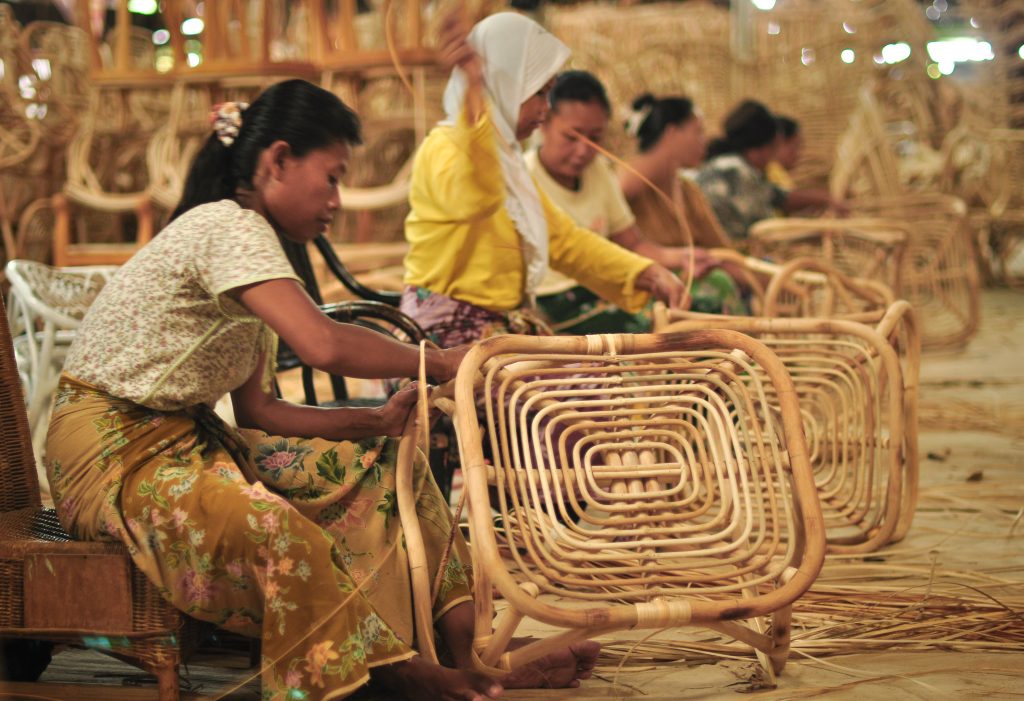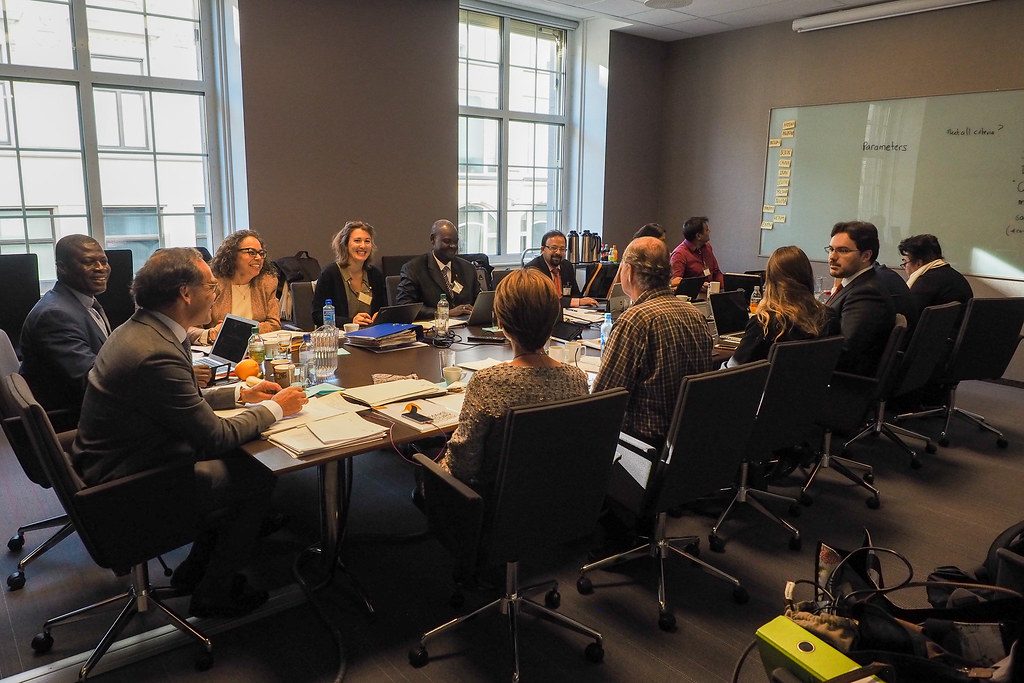
This is the fourth of our five-part blog series on engaging the private sector in National Adaptation Planning (NAP) processes. Stay tuned for the fifth installment of this series on July 3, 2019. To learn more, read our guidance note on the subject.
Micro, small and medium-sized enterprises (MSMEs) are the cornerstone for many economies worldwide, accounting for 60 per cent of employment in developing countries and an average of 50 per cent of GDP.
Today, as part of World MSME Day, we would like to highlight their pivotal role in global sustainable development and dig into the pressures they face responding to one of the most demanding challenges of our time: climate change.
MSMEs in developing countries are often found in climate-dependent sectors like agriculture, fisheries and tourism. In a world of rising temperatures and sea levels, unpredictable rainfall, and extreme weather events growing in frequency and intensity, the current and future challenges faced by MSMEs can seem insurmountable.
In order to effectively adapt to climate change, MSMEs will have to overcome some key barriers that stand in their way. Insufficient data on climate change and subsequent adaption options, for example, can be a major informational barrier. A lack of appropriate financing for adaptation activities is another problem. Governments can also present obstacles to MSMEs through unsuitable institutional arrangements or legal and policy frameworks. Addressing these institutional challenges will be key to ensuring MSME and broader private sector engagement in adaptation initiatives, including the NAP process.
Institutional, legal and policy frameworks should create a supportive environment for increased investment in adaptation, facilitating dialogue among national and subnational decision makers, private financiers and private enterprises—big and small.

In some cases, however, weak, inappropriate or missing regulations or institutional arrangements may deter support for adaptation efforts. A lack of zoning regulations, for example, for coastal areas could promote development that reduces surrounding protected areas, increasing vulnerability to sea-level rise and storm surges. Perverse incentives might undermine the business case for adaptation altogether; subsidized electricity in India made it cheaper for farmers to pump water out of underground aquifers than to invest in water conservation and efficient irrigation, contributing to significant over-extraction of water and a corresponding crisis for the agricultural sector.
It may also take too long for governments to develop and adopt policies and laws that offer the stability needed from private sector actors when making investments in adaptation. Further, there may not be a clear policy signal for private sector actors to look for when making decisions to invest in adaptation; hence the need for a NAP.
To successfully engage MSMEs in the adaptation planning process, governments must ensure that the right enabling conditions are in place, both institutionally and in terms of the policy and legal framework. For the former, open dialogue and collaboration with MSME representatives will be central to the success of the NAP process. Governments have to get these institutional arrangements right at the outset of the process and must maintain these arrangements through all phases of the NAP. In Saint Lucia, the government undertook a study to assess levels of private sector engagement in adaptation and then subsequently took steps to increase coordination in the development and implementation stages of their NAP. This could be done in a number of ways. Institutionally, it may require that the government include MSME representatives in the NAP’s oversight committee, should one exist, or that structures are established to ensure communication between those driving the NAP process and MSMEs—a MSME NAP focal point, for example, or a sub-committee featuring small business representatives from prioritized sectors like tourism, water, energy and fisheries.

MSMEs are, of course, not homogenous and vary in terms of their size, sector, structure and location, among other things. To access the broad range of MSME actors, governments should develop relationships with key business associations and multipliers, such as chambers of commerce or local associations of farmers, fishers or miners. Doing so will make it easier to reach more actors within this space and involve them in NAP design and implementation.
Within the legal and policy context, governments should also ensure that there is stability in domestic laws, policies and regulations. The revision or development of legislative instruments should be timely, participatory and transparent. This will create a sense of reliability, providing investors with a timebound idea of where and when national policies and regulations are likely to evolve.
Institutional arrangements, laws and policies can make or break effective engagement in adaptation processes for private sector actors. When weak, they can deter investments in measures that address climate vulnerability. When clear, stable and fair, they can facilitate continuous support and collaboration from the private sector throughout all phases of the NAP process.
In order for national adaptation efforts—including the NAP process—to be successful, MSMEs must be involved. Their importance to economies, lives and livelihoods around the world make them a key part of successful adaptation to climate change; And while MSMEs are already actively participating in climate change adaptation efforts, it is imperative that governments continue to engage them in the process and remove whatever barriers exist to doing so.
Stay tuned for next week, when we dive into the final enabling factor for private sector engagement in the NAP process: capacity building.
Any opinions stated in this blog post are those of the author and do not necessarily reflect the policies or opinions of the NAP Global Network, its funders, or Network participants.
Read the other four parts of this blog series:
-
What is the Business Case for Private Investment in the NAP Process?
-
Knowledge is Power: Why information sharing is key to engaging businesses in the NAP process
-
Paying for it: How governments can help the private sector overcome financial barriers to investing in adaptation
-
When Life Gives You Lemons: How to bolster businesses’ capacity for making lemonade out of a changing climate